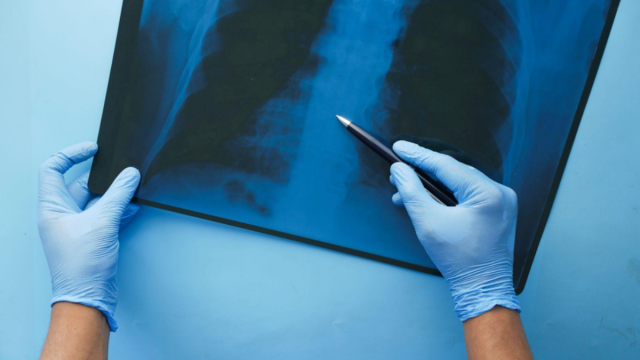What is digital radiography, and how does it work? How do you prepare for a digital radiography procedure?
Digital radiography is an advanced type of X-ray examination. It immediately provides a digital radiographic capture that goes straight to a computer. Digital radiography is a product of the advancement of technology.
If you want to know more about digital radiography, this article discusses an overview of this form of radiography and how it works. It also tackles the needed preparations for such a procedure.
Suppose you need to get your thigh examined. You can now directly capture your thigh anatomy with an advanced X-ray examination, where the result directly goes to a computer.
Digital Radiography Overview
Contents [show]
Digital radiography (DR) is like an X-ray but an advanced type. DR produces instant radiographic images and is directly linked to a computer.
Digital radiography offers a wide range of advantages to non-destructive testing. Advantages include shorter exposure times, higher productivity, improved detail detectability, and increased dynamic range, allowing for examining several thicknesses in one test.
The advancement of technology has benefited the field of medicine with digital radiography. The films used in X-rays may be irrelevant in the years to come because of the convenient and digital copy that DR offers.
It is like the digital camera we have today, replacing the old film camera used before.
DR also allows for avoiding the use of chemical processing of films. It also allows the result to be seen by different physicians simultaneously without travelling for hours.
How Does Digital Radiography Work?
The method of digital radiography utilizes X-ray sensitive plates to get data during object inspection, which the result instantly transfers to a computer.
Compared with other imaging modalities, digital detector arrays (DDAs) provide excellent quality images, the detector plate used in digital radiography. The signal-to-noise ratio is improved in DDAs.
Flat panel detectors operate on two different methods, indirect conversion and direct conversion. Indirect conversion operates with a scintillator layer which changes X-ray photons to visible light photons.
Direct conversion flat panel detectors utilize a photoconductor on a multi-micro electrode plate, resulting in outstanding image quality.
If you are going to get radiography, you may want to wear clothes without zippers, or metal accessories, including jewellery.
Reference
- Digital radiography
https://www.iaea.org/resources/rpop/health-professionals/radiology/radiography/digital-radiography


